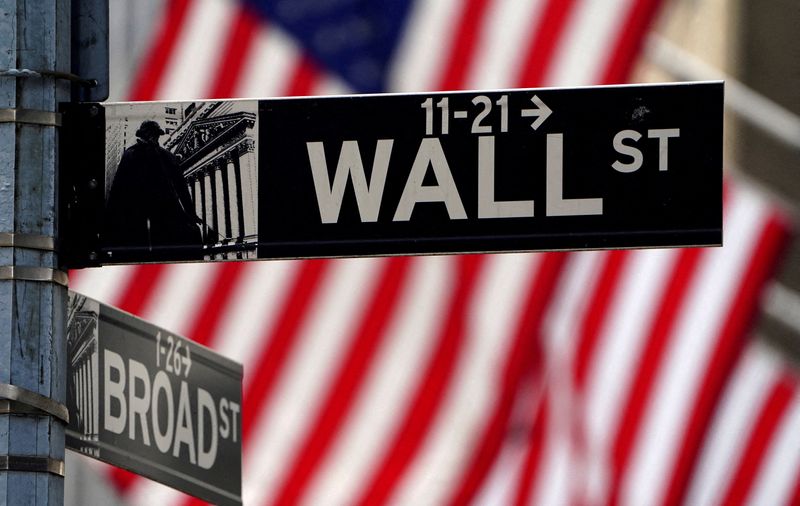
By Lewis Krauskopf and David Randall
NEW YORK (Reuters) – Uncertainty over the U.S. economy’s health is rippling through markets, adding fuel to an already-volatile period that has investors grappling with a shift in Federal Reserve policy, a tight U.S. election and worries over stretched valuations.
U.S. stocks tumbled on Friday after closely watched jobs data showed labor market momentum slowing more than expected, suggesting a narrower path for the U.S. to achieve a soft landing, in which the Fed is able to cool inflation without badly damaging economic growth.
The Fed is expected to cut interest rates at its Sept. 17-18 meeting, but the data revived fears that months of elevated borrowing costs have already started to pressure the economy. That is a potentially unwelcome development for investors, after prospects for rate cuts against a background of resilient growth helped drive the S&P 500 to record highs this year.
“The data shows that we remain on the soft-landing path, but clearly there’s more downside risks to which the markets are going to be sensitive,” said Angelo Kourkafas, senior investment strategist at Edward Jones. “The expectation for elevated volatility is a realistic one.”
Evidence of ebbing risk appetite showed up across markets. The S&P 500 dropped 1.7%, with major declines in technology and growth stocks, among the market’s biggest winners this year. Nvidia (NASDAQ:NVDA), the poster child of this year’s artificial intelligence excitement, was recently down over 4% and fell to its lowest level in about a month.
Meanwhile, the Cboe Market Volatility index, also called Wall Street’s “fear gauge,” hit its highest level in nearly a month on Friday.
Several factors threaten to compound the market’s uncertainty. Though futures bets on how much the Fed will cut rates later this month showed investors pricing in a nearly 75% chance of a 25 basis point reduction, the issue remains far from settled.
“Markets have had to grapple with – just as the Fed is doing – whether the August payroll data reflects a labor market normalizing towards pre-COVID levels or whether it’s indicative of an economy losing dangerous momentum,” Quincy Krosby, chief global strategist for LPL Financial (NASDAQ:LPLA), said in written commentary.
Others took a dimmer view. Citi analysts said the report warranted a 50 basis point cut later this month.
“The takeaway from the range of labor market data is clear – the job market is cooling in a classic pattern that precedes recession,” analysts at Citi wrote.
Inflation data next week could shed further light on the strength of the economy and help solidify bets on how much the Fed might cut rates.
Valuation concerns are also reemerging. The S&P 500, which is up over 13% this year, is trading at a price-to-earnings ratio of nearly 21 times expected forward 12-month earnings estimates as of Thursday, well above its historical average of 15.7, according to LSEG Datastream.
Despite a recent swoon, the S&P 500 technology sector – by far the biggest group in the index – is trading at over 28 times expected earnings, compared to its long-term average of 21.2.
“We’ve come a long way in a relatively short period of time and I think you’re starting to see some businesses do the math on AI and ask whether it’s really worth the cost, which will weigh on the big tech stocks,” said Mark Travis, a portfolio manager at Intrepid Capital Management.
Investors are also closely watching a tight U.S. presidential election which is starting to head into the home stretch. The race between Democrat Kamala Harris and Republican Donald Trump could draw more investor focus on Tuesday, when the two candidates debate for the first time ahead of the Nov. 5 vote.
So far, the market gyrations have bolstered September’s reputation as a tough time for investors. The S&P 500 has fallen an average of nearly 0.8% in September since 1945, making it the worst month for stocks, CFRA data showed. The index is already down 4% since the month began.
“Investors are saying let’s hope we can have a soft landing,” said Burns McKinney, senior portfolio manager at NFJ Investment Group. “It still feels like it’s fairly likely, but with each weaker jobs number it’s becoming less and less the base case.”


